Fearing that this place will be transformed beyond recognition soon, I decided to take some photos recently. I share some of them with you here.
1) This is photo is taken from the direction of the main road. Do you see a fence building complex on the right? Do you know what building complex this is? Hint. I used to see traffic police cars and motor-bikes here quite often. Now it is vacant.
.JPG)
2) Here are a few more photos of this place.
.JPG)
.JPG)
3) This photo is taken in the direction of Bt Timah Road (opposite to picture 1). Notice the huge empty fenced compound on the right side of the road? Do you know what it was used for?
.JPG) 4) Here is the answer; It’s the Police Logistics Department (Automotive Engineering and Management Division) Hope you can make out the words from this dismantled sign board.
4) Here is the answer; It’s the Police Logistics Department (Automotive Engineering and Management Division) Hope you can make out the words from this dismantled sign board..JPG)
5) This is a shot of the location where the Sixth Avenue MRT Station will be built. Below that is a sketch of the planned station which Peter emailed to me.
.JPG)
 6) I noticed a couple of other interesting old buildings here. But I don’t know what they are. I think Peter should be able to throw some light.
6) I noticed a couple of other interesting old buildings here. But I don’t know what they are. I think Peter should be able to throw some light..JPG)
.JPG)




 No. 2 and No. 3 are small roundabouts located in residential areas.
No. 2 and No. 3 are small roundabouts located in residential areas. No. 4 is interesting. It is very new. Previously this place was a cross road junction. Apparently there had been some near-accidents and so it was converted into a roundabout just a few months ago.
No. 4 is interesting. It is very new. Previously this place was a cross road junction. Apparently there had been some near-accidents and so it was converted into a roundabout just a few months ago. Plate 1: In a clockwise direction. Blood dripping from a striped marlin and the fish bait used, marlin struggles in the sea, marlin reeled to the side of the boat, and seagulls hovering close to the boat.
Plate 1: In a clockwise direction. Blood dripping from a striped marlin and the fish bait used, marlin struggles in the sea, marlin reeled to the side of the boat, and seagulls hovering close to the boat. Plate 2: Left Photo – Minstrels singing in Spanish “South of the Border”. Right Photo -The dinner buffet-table spread
Plate 2: Left Photo – Minstrels singing in Spanish “South of the Border”. Right Photo -The dinner buffet-table spread Plate 3: In a clockwise direction. Photo-shoot at the Weighing Station, seated at the rear of the boat, and the battle with the marlins.
Plate 3: In a clockwise direction. Photo-shoot at the Weighing Station, seated at the rear of the boat, and the battle with the marlins.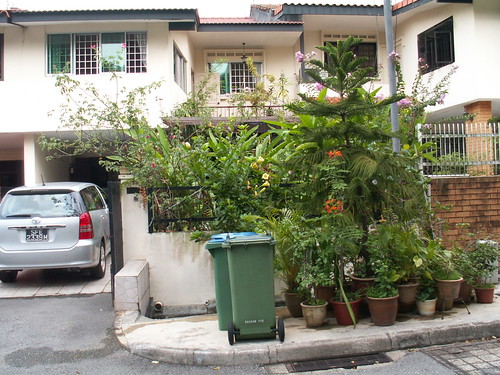
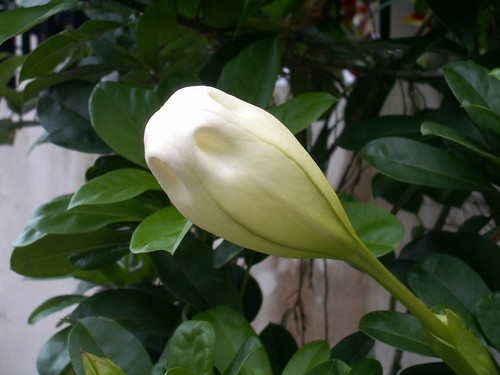
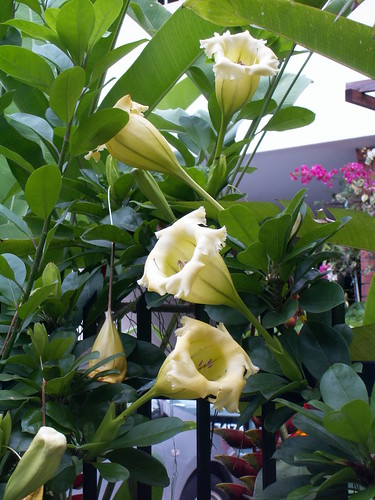
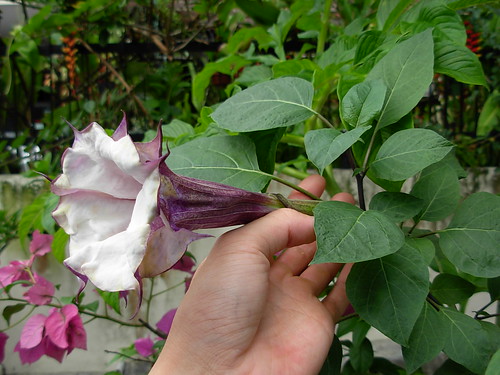
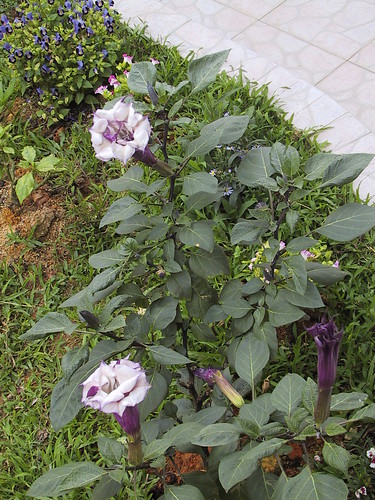
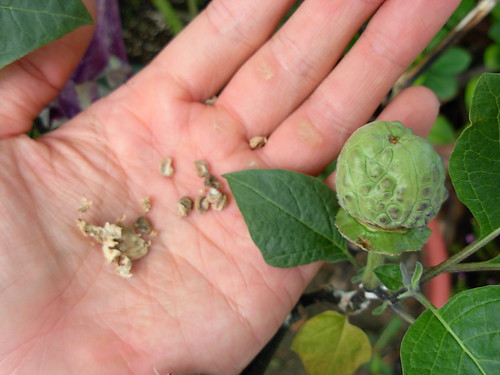
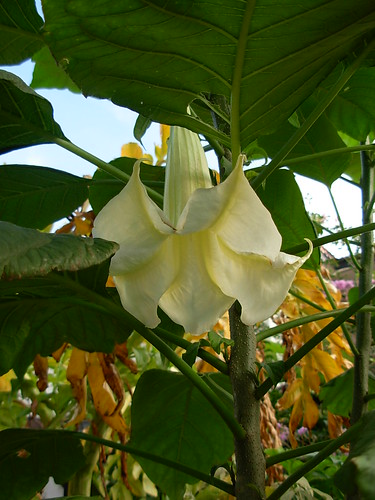
.JPG)

 The 3 days 2 nights package costs RM225 per pax. It used to be only RM195 before. We departed from the kelong after lunch time on Day 3. Parking at the jetty car park is quite safe. It costs around RM14 – can’t recall exactly.
The 3 days 2 nights package costs RM225 per pax. It used to be only RM195 before. We departed from the kelong after lunch time on Day 3. Parking at the jetty car park is quite safe. It costs around RM14 – can’t recall exactly.



 The attap leaves are arranged in an overlapping pattern like this and the water flows into a gutter and is drained away.
The attap leaves are arranged in an overlapping pattern like this and the water flows into a gutter and is drained away.

 Launched on 21 February this year, Infocomm123 is “a one-stop resource and community portal for all your infocomm answers”. It offers a wide array infocomm-related content, FAQs, walk-through guides, articles and so on. Supported by the Infocomm Development Authority of Singapore (IDA), this new site has attracted more than 3,700 members to date.
Launched on 21 February this year, Infocomm123 is “a one-stop resource and community portal for all your infocomm answers”. It offers a wide array infocomm-related content, FAQs, walk-through guides, articles and so on. Supported by the Infocomm Development Authority of Singapore (IDA), this new site has attracted more than 3,700 members to date. A slide is a film negative mounted on a stiff rectangular frame. To show the image to a group in a classroom or a conference hall, you need to mount the slide on a carousel and project the images onto a screen using a slide projector.
A slide is a film negative mounted on a stiff rectangular frame. To show the image to a group in a classroom or a conference hall, you need to mount the slide on a carousel and project the images onto a screen using a slide projector. Using the slide projector can also give rise to many problems. If you placed the slide into the carousel in the wrong position, the picture would come up wrong; either upside-down or front-to-back. A trick I used was to draw a small stick figure at the lower corner of my slide. When the slide is positioned correctly, you should be able to see the man standing upright. Thus, at one glance, you can spot any slide that has been positioned incorrectly in the carousel. In 5S jargon, this is known as visual control (mede miru kanri in Japanese).
Using the slide projector can also give rise to many problems. If you placed the slide into the carousel in the wrong position, the picture would come up wrong; either upside-down or front-to-back. A trick I used was to draw a small stick figure at the lower corner of my slide. When the slide is positioned correctly, you should be able to see the man standing upright. Thus, at one glance, you can spot any slide that has been positioned incorrectly in the carousel. In 5S jargon, this is known as visual control (mede miru kanri in Japanese).

 So you can see why I took to digital photography very happily when the technology came along. But first I had to convert some of my slides to jpeg images. I remember paying a hefty sum for the service.
So you can see why I took to digital photography very happily when the technology came along. But first I had to convert some of my slides to jpeg images. I remember paying a hefty sum for the service. This is a negative of one of my passport photos. I wonder if kids born in this century even know what a negative looked like.
This is a negative of one of my passport photos. I wonder if kids born in this century even know what a negative looked like.




 I doubt any of the above-mentioned studios are still around today. Would my readers know?
I doubt any of the above-mentioned studios are still around today. Would my readers know?

 This is my very first colour photo taken from a ferry to Penang in December 1970. At that time the Penang Bridge was not constructed yet.
This is my very first colour photo taken from a ferry to Penang in December 1970. At that time the Penang Bridge was not constructed yet.  This is a full-page advertisement by Standard Colour Centre in the 1993 street directory. They had branches all over Singapore.
This is a full-page advertisement by Standard Colour Centre in the 1993 street directory. They had branches all over Singapore.
.JPG) This is my last film camera (left), which I believe is still in working condition. It’s a Canon EOS 1000F. I have placed it sided-by-side with my new EOS 400 for comparison. Many happy moments with my wife and kids were captured by this trusty, (and now dusty) Canon. The next shot shows the film loading compartment.
This is my last film camera (left), which I believe is still in working condition. It’s a Canon EOS 1000F. I have placed it sided-by-side with my new EOS 400 for comparison. Many happy moments with my wife and kids were captured by this trusty, (and now dusty) Canon. The next shot shows the film loading compartment.

